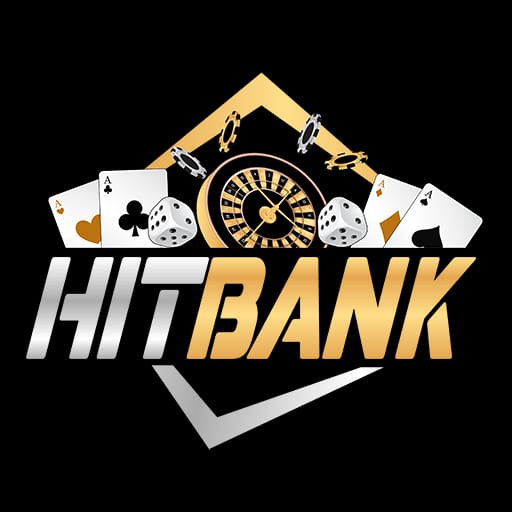
In the ever-evolving landscape of finance and banking, new terms and concepts continually emerge, reflecting innovative approaches and evolving strategies in the industry. Among these new terminologies are Hitbank Club, Momo parity, Bank parity, Hitbank parity, Odd even banking, and Over/under banking. This article aims to explore and explain these concepts, providing a comprehensive understanding of their implications and potential impacts on the banking sector.
Hitbank Club
The Hitbank Club is an emerging term in the financial world, referring to a collaborative network of banks and financial institutions that leverage shared resources and technologies to enhance efficiency and service delivery. Members of the Hitbank Club typically engage in joint ventures, share best practices, and invest in collective technological infrastructure. Chẵn lẻ hitbank This club-like arrangement allows smaller banks to compete more effectively with larger institutions by pooling their resources and knowledge.
Momo Parity
Momo parity is a financial concept that revolves around the idea of achieving a balance in momentum trading strategies. Momentum trading, or “momo trading,” involves buying securities that have shown an upward price trend and selling those that have shown a downward trend. Momo parity seeks to optimize this strategy by balancing the momentum trades to minimize risk and maximize returns. It focuses on identifying the point at which the momentum of a particular security is expected to change, thus allowing traders to make more informed decisions.
Bank Parity
Bank parity refers to the state of equivalence or equality among banks in terms of regulatory compliance, financial health, and market competitiveness. Achieving bank parity is often a regulatory goal to ensure a level playing field in the banking sector, promoting fair competition and reducing the risk of monopolistic practices. This concept emphasizes uniformity in capital requirements, risk management practices, and access to financial markets.
Hitbank Parity
Hitbank parity is a term that merges the concepts of Hitbank Club and bank parity. It denotes a state where all members of the Hitbank Club achieve an equivalent level of technological and operational efficiency. This parity ensures that all participating banks can offer similar levels of service quality, security, and innovation, regardless of their size. Hitbank parity is crucial for maintaining the collaborative advantage of the Hitbank Club and ensuring that no single member disproportionately benefits from the collective resources.
Odd Even Banking
Odd even banking is a novel approach to managing customer flow and transaction volumes in banks. This system assigns specific banking days based on the last digit of a customer’s account number or another identifier. For instance, customers with an odd-numbered identifier might be served on odd-numbered days, while those with an even-numbered identifier are served on even-numbered days. This method aims to reduce overcrowding, streamline operations, and improve the customer experience by evenly distributing the workload across different days.
Over/Under Banking
Over/under banking is a concept used to describe the balance between overdraft and underdraft activities within a bank. Overdraft refers to the act of withdrawing more money from an account than is available, while underdraft pertains to maintaining a balance significantly above the minimum requirement. Over/under banking strategies are employed by financial institutions to manage liquidity, ensure sufficient cash flow, and optimize interest income. By carefully balancing over and under banking activities, banks can maintain financial stability and offer better services to their customers.
Conclusion
The financial world is continually evolving, with new terms and concepts emerging to address the dynamic challenges and opportunities in the industry. Understanding these terms—Hitbank Club, Momo parity, Bank parity, Hitbank parity, Odd even banking, and Over/under banking—provides valuable insights into the innovative strategies shaping modern banking practices. As these concepts gain traction, they hold the potential to significantly influence the efficiency, competitiveness, and customer experience within the banking sector.